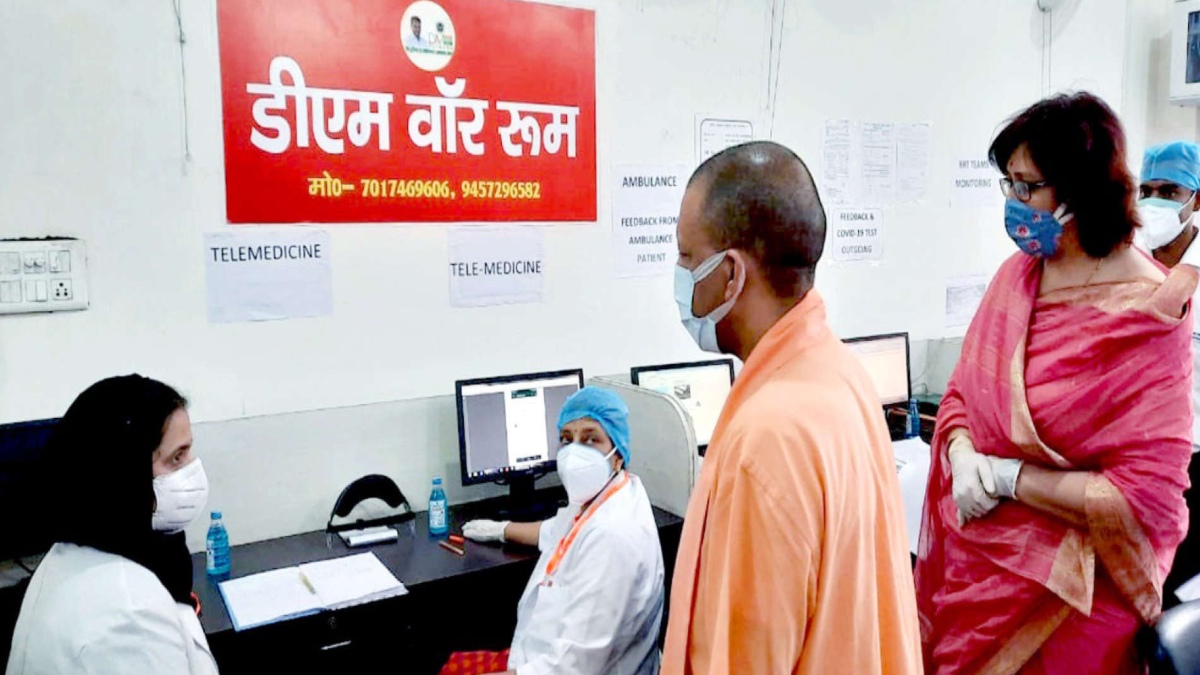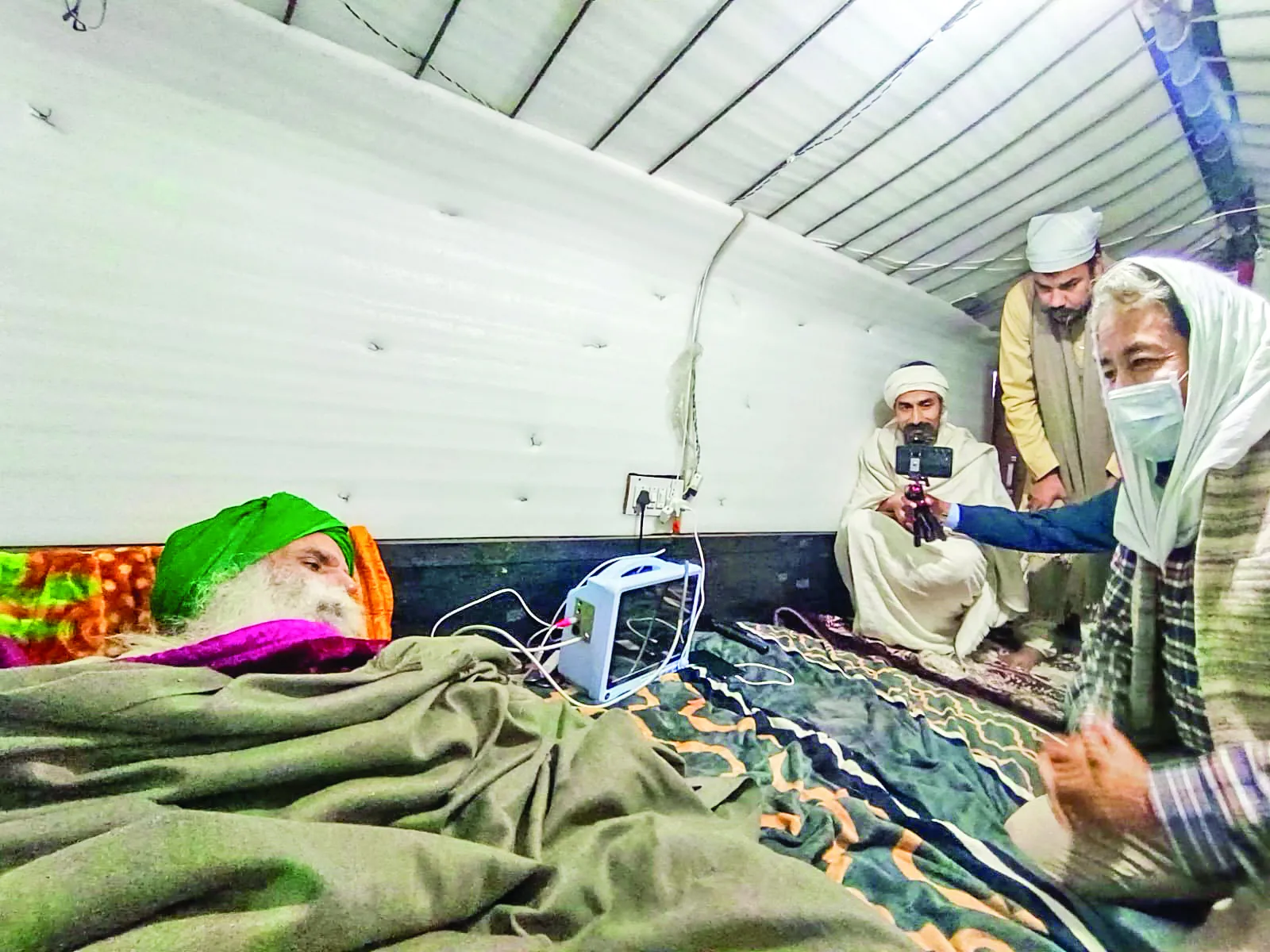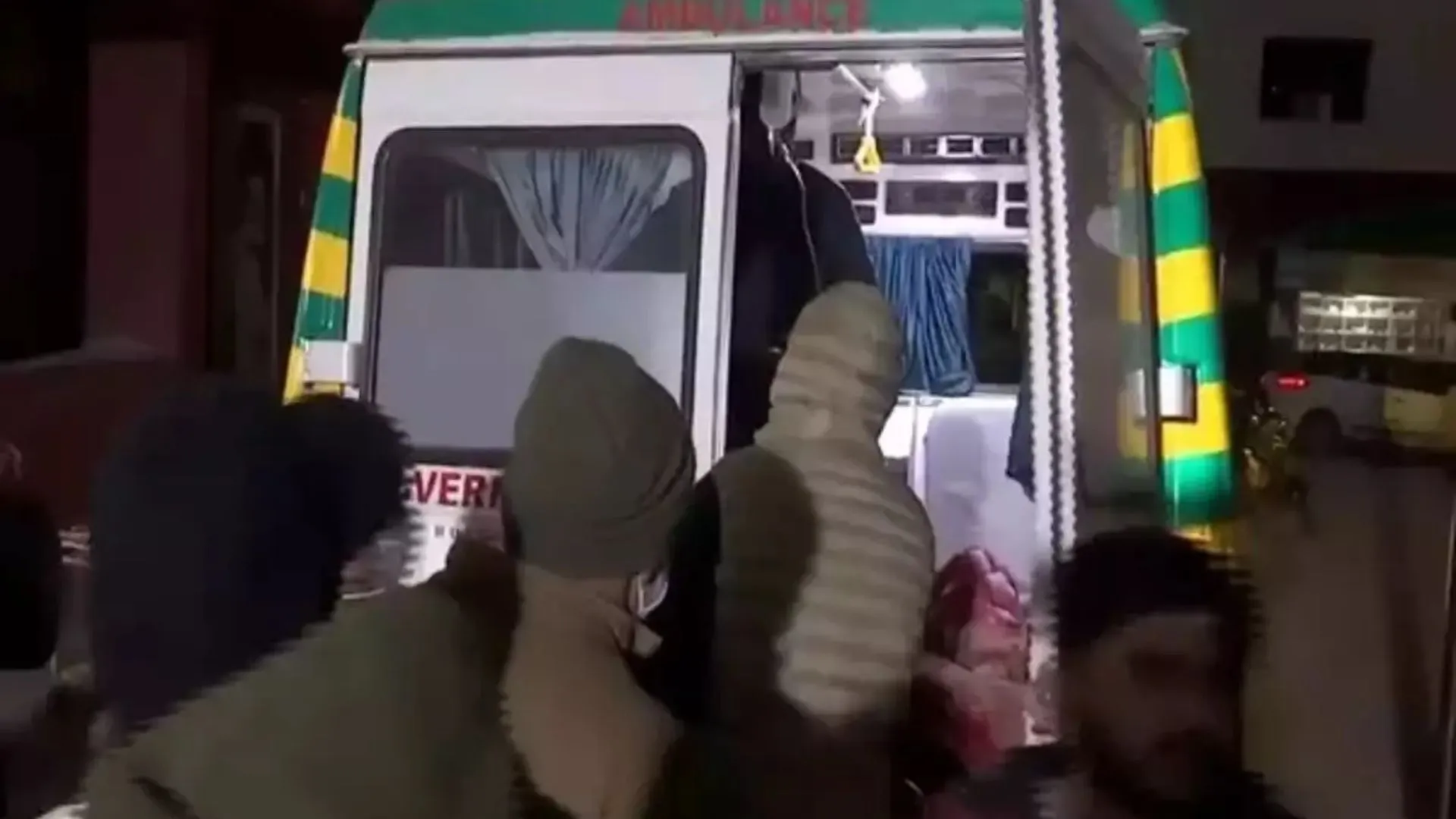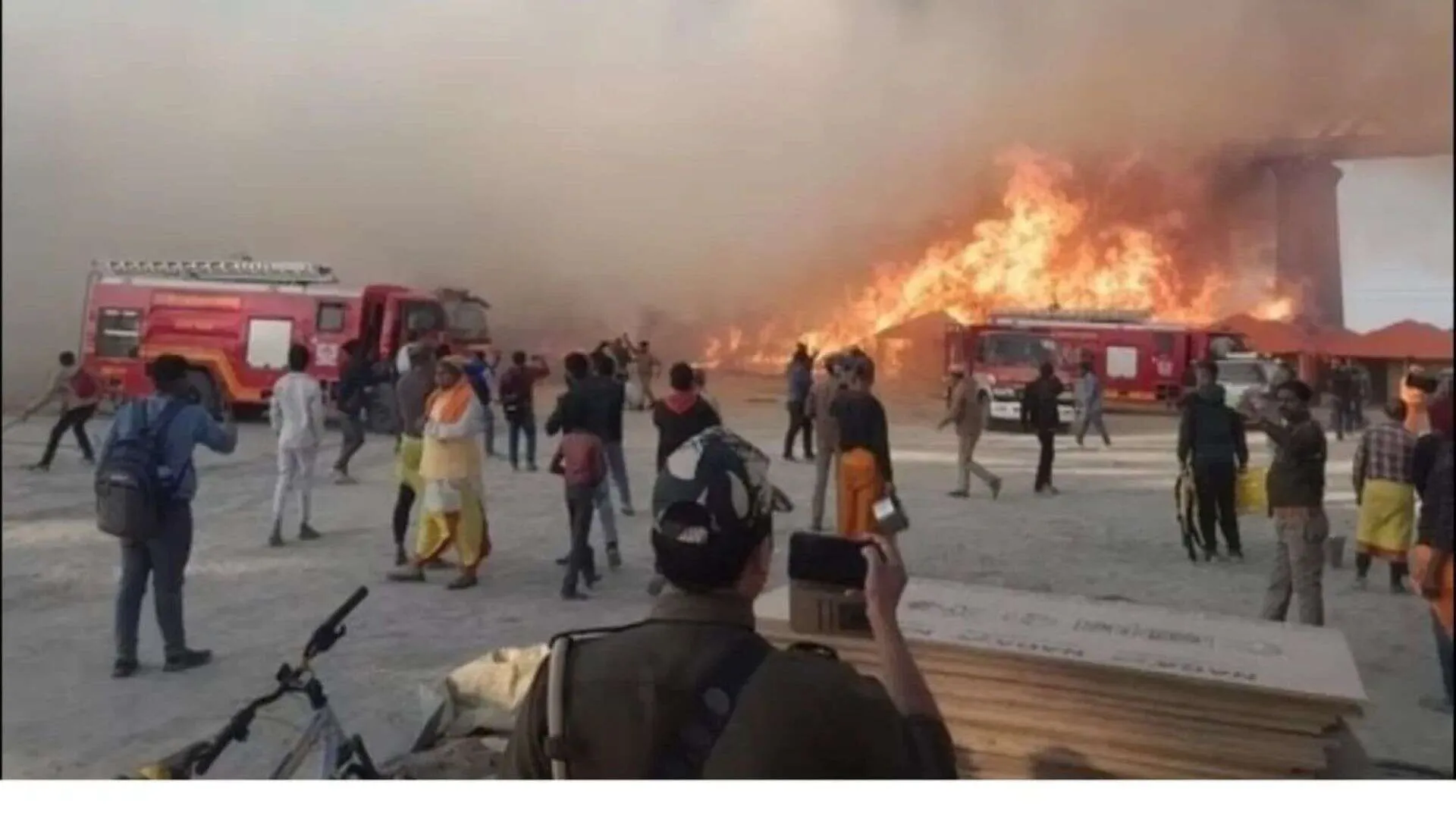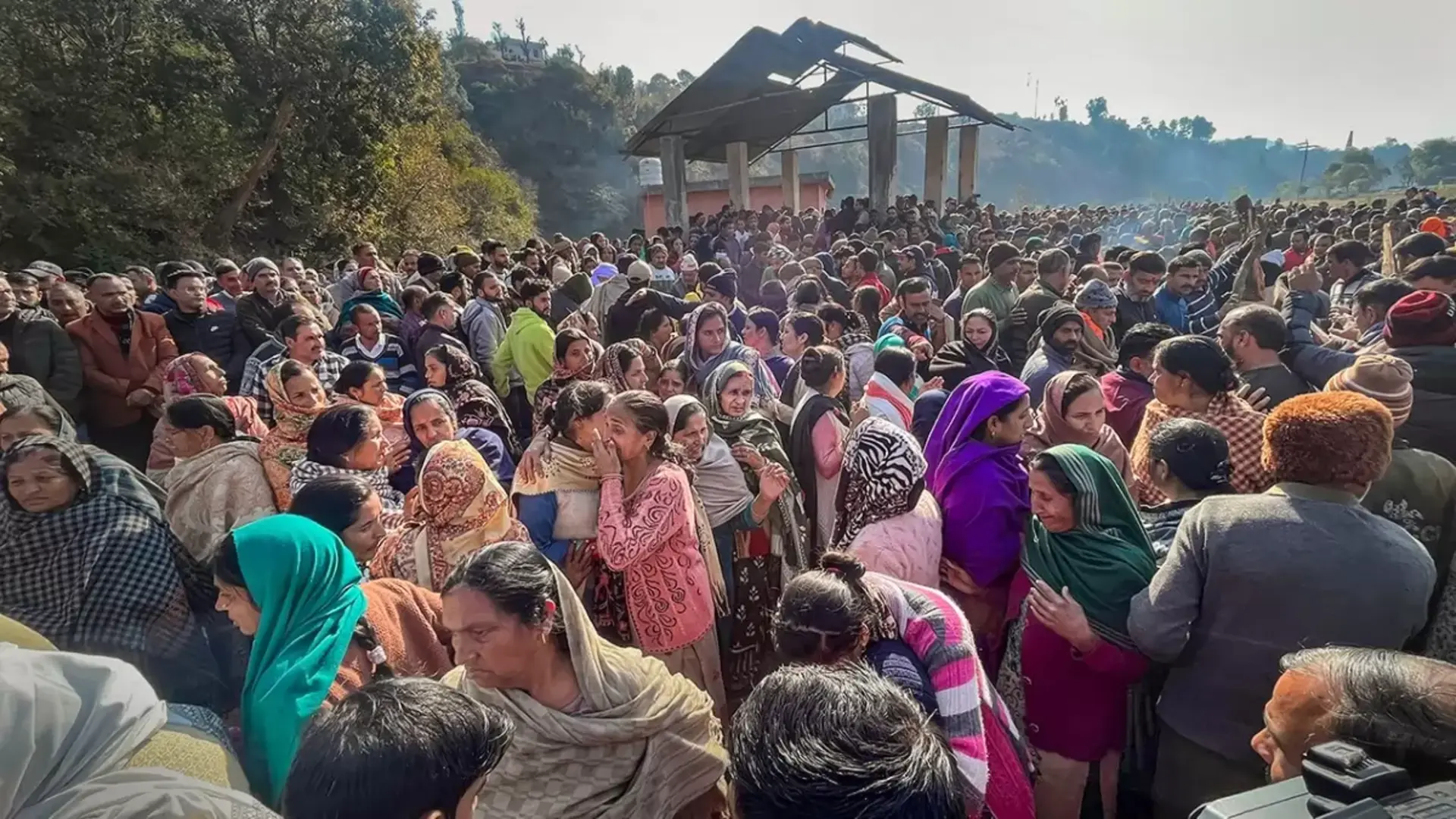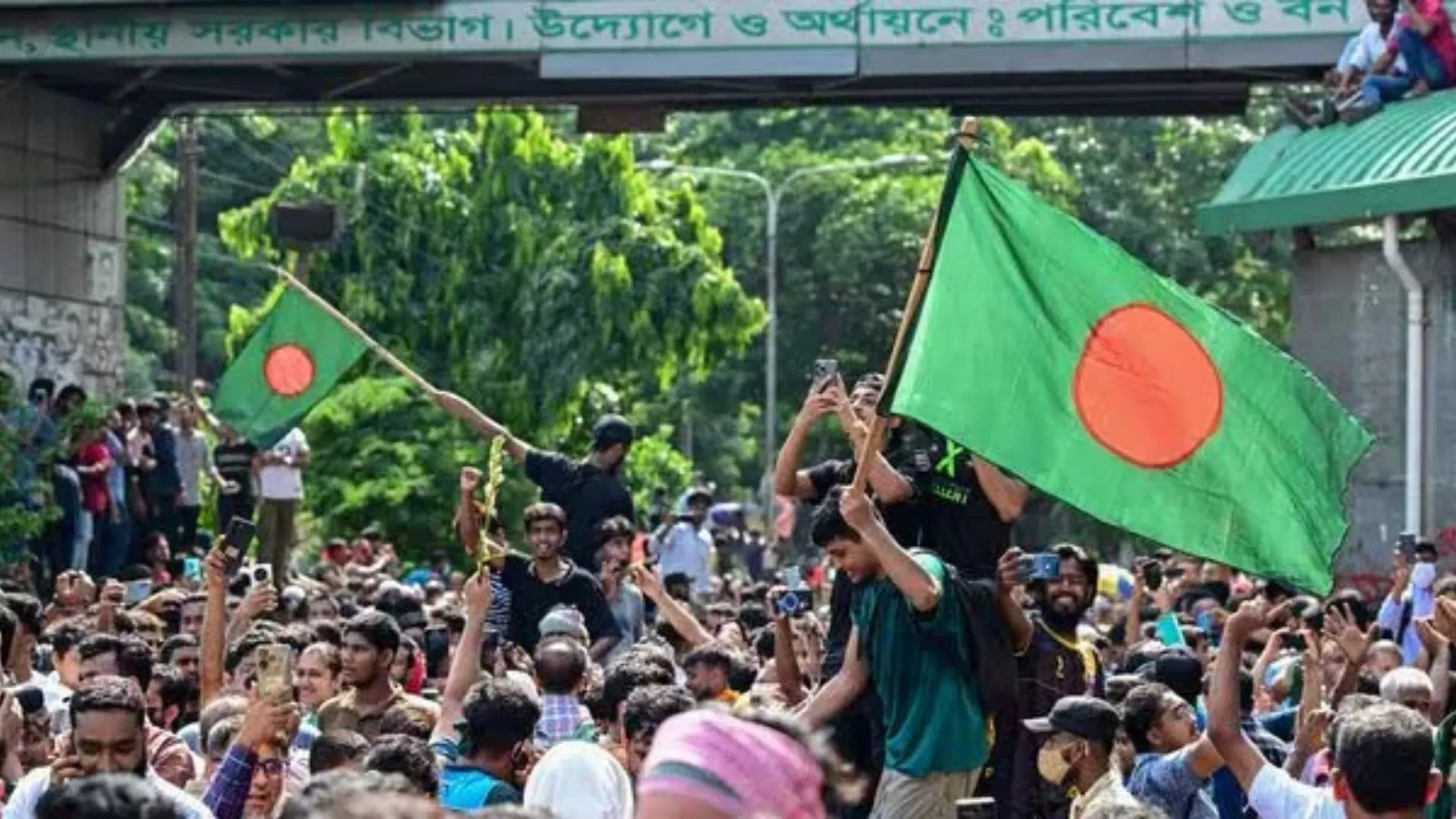The second wave of the Covid-19 pandemic disrupted the health system across India. Most states struggled to prevent the surge in cases and ensure adequate supply as the virus created a situation of upheaval. However, a recent study led by Padma Shri Awardee Prof. Manindra Agrawal of IIT-Kanpur elaborates that with careful planning, multiple strategies and close monitoring Uttar Pradesh’s Covid-19 response model turned out to be more effective in comparison with many other states.
TABLE 1: NTPR DURING THE SECOND WAVE


 Source: IIT Kanpur study
Source: IIT Kanpur study Graph 1: Source: Prowess monthly employment database
Graph 1: Source: Prowess monthly employment database

The data points out that the daily case count was brought down to just 1,497 on 31 May after the peak of 38,000 was recorded on 24 April. It can be noted that the reduction in numbers happened quite fast in the state as compared with many other ones, for example, Maharashtra and Kerala, which supports the study’s arguments.
Beginning with the foremost concern of reducing the spread, the UP model followed the Test, Trace, Treat, Tackle (TTTT) approach. Under the strategy, the TTTT teams were instated in rural UP to conduct door to door testing, enabling early detection and ensuring isolation and treatment. These TTTT teams covered around 97,941 villages. Niti Aayog and WHO also lauded the efforts of the state in conducting a mammoth house-to-house testing and tracing drive, supported by micro-planning and concurrent follow-ups. As highlighted by the IIT-Kanpur study, other measures of the state involved capacity building through intensive training on all major aspects of Covid-19, provision of infrastructures like ICU beds, ventilators, and creation of safety nets and incentives via state and central funding schemes (PMJJBY, PMSBY, AKBY, etc.).
While preventing the surge in cases was one aspect of the model, the government also managed the high demand crisis of oxygen resounding throughout the nation then. To tackle the surge in demand the government set up an oxygen monitoring system to track oxygen tankers and rolled out a stringent oxygen audit which saved around 30 MT of oxygen per day. Also, the state’s strategy to airlift empty tankers with the help of IAF lessened the turnaround time saving 10 hours. Apart from ensuring these, the model also addressed the concerns regarding the livelihood of the people. With the commitment to save the lives and livelihoods of people, the UP government did not resort to strict lockdowns and opted for partial curfews to break the Covid-19 chain. And, adapting to the situation of the pandemic, the government supplied policies for ease of mobility (separate buses and trains for migrant workers), employability (DBT 1000 to migrants) and sustenance (cash transfers to marginalised sections). The study also states that such measures helped in keeping the unemployment rate below the national average as depicted in the graph below.
Formulated on the four essential pillars of protection of livelihood, optimisation of economy, facilitation of healthcare services and restriction of virus spread, it has been pointed through the study that the UP Covid-19 model has created a benchmark. The study then draws a comparison among the states based on the Normalised Test Positivity Rate (NTPR) which is the ratio of Test Positivity Ratio and percentage of active cases. It shows that the strategy of the UP model was to aggressively change the pandemic which helped in the control.
Furthermore, the study also found that the timing of the containment measures was near-optimal, which in any other situation could have caused a peak of more than 70,000 daily cases as shown in the graph below.
Nonetheless, the second wave has dealt a heavy blow to not just India’s but globally existing health infrastructure, unveiling a systemic failure that led many to conclude that no model or strategy is perfect. This points towards a large scope of improvement for all state administrations and governing bodies.
The information has been collated and reviewed by the Social and Political Research Foundation, a policy think tank based in New Delhi, aimed at making public policy research holistic, accessible, and evidence-based.

